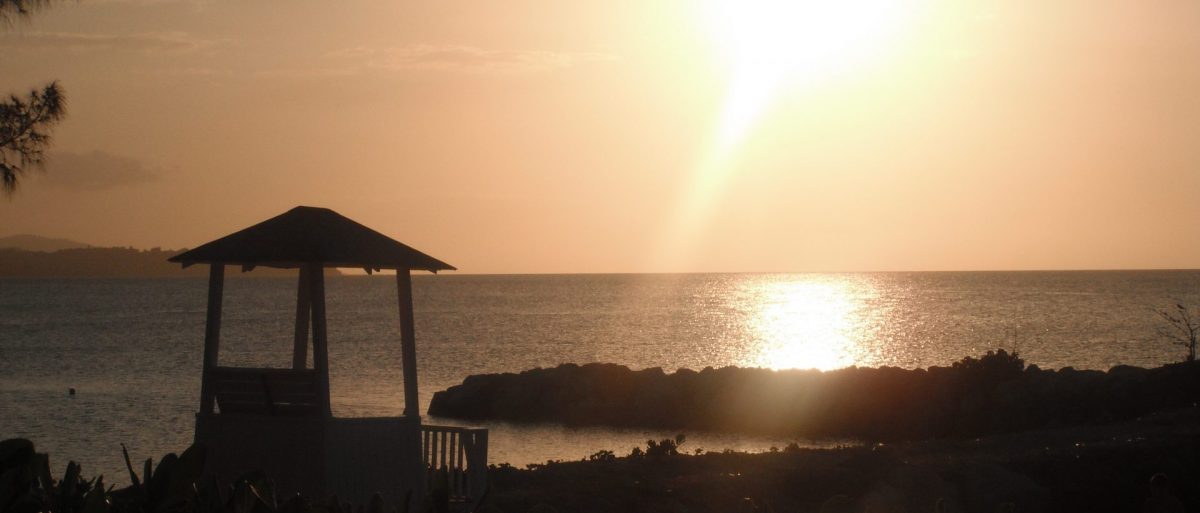Since our last post we have been busy getting ready to return to Michigan. We reported that we had a hard lesson buying airline tickets from Copa Airlines. One sure thing is that everything moves along at a much slower pace in Panama. We got an e-mail message from Copa customer service letting us know how to resolve the issue involving our Pensionado discount. The resolution involved driving into the city to a special ticket counter. Terror ensued…driving into downtown is frightening. We made the journey on Monday and we were able to get our feature image along the way. More about the F&F Building (El Tornillo) later. After our arrival at Copa it took the agent almost 2 hours to get our refund credited. The lesson now is that we must never pay for tickets in advance. Once the reservation is made we have 24 hours to report to a ticket counter to make payment. The discount is 25%-40% depending on where you travel. The result for us was a refund of nearly $300. We are getting better about asking for our Pensionado discount. Check out our previous post from November of 2017 to see how to qualify for Pensionado Visa discounts. The discounts are available to us almost everywhere. The government requires participation here. We even save at least $2 on lunch at McDonalds. We usually don’t ask the Fonda’s or street vendors to give the discount. We did get the 50% discount at a movie on Sunday. Regular ticket price at the Cines Moderno is $5 per ticket. We got ours at $2.50 each. We saw Mission Impossible 6. The film was in English with Spanish subtitles. Had we gone at a different time we could have saw the version dubbed in Spanish with English subtitles. The snack bar did not offer any discounts, however the prices were not bad and we had a jumbo Caramel popcorn. It was hot and yummy, but a little sweet.

We also returned to the Nissan dealer to get our key-fob programmed. This is another thing that we expected to be only minutes, after all we had an appointment. It took over 2 hours. When getting settled in Panama one big lesson is that everything takes longer here. We are often amazed by how many people working it takes to get a job done or a customer taken care of. Often we find that there are more workers than customers in businesses. When we enter a department store, we almost always have an employee dedicated to make sure we have a pleasant shopping experience. They will help you find things carry your stuff or whatever you may need until you check out. Personally I like to be left alone while shopping, but this seems to work here. If the language barrier is too much to handle the “personal shopper” will go find someone for you with better English skills.
From the file that we will call small world comes a story that many will appreciate. Our home in Panama is in an area of many other Expats, and one of the first couples that we met relocated here from Grand Rapids, Michigan. They are about our age and we find that we enjoy many of the same things. It is nice to have Tom and Patty around because they have been here about 3 years and have been sharing some of their experiences with us. Last night the four of us enjoyed dinner at Las Bovedas Restaurante. It is a nice restaurant in the Ensenada community which lies just to the east of us.

We wanted to share some pictures of the community where we are living before signing out. Some of you may have seen these on Face Book , but others may not be following on that social media platform. One of the things we learn as we go along is that everyone chooses to receive our blog in different platforms. Facebook this week has made changes in their rules of use. It is our understanding that we will no longer be able to make automatic blog posts to Facebook. We will try to personally share, but not sure how that may work. If you are a reader on Face Book, we encourage you to follow us on Twitter @PanamaGreg89 , Tumblr 2RetireInPanama? ,or Google+ 2RetireInPanama.com. The other option is to sign up to receive our blog by e-mail. We will try to connect other new services as they present themselves.
Wikipedia says the F&F Tower (previously known as the Revolution Tower) is an office tower in Panama City. In 2011 Emporis selected this building 7th of the 10 best skyscrapers based on architectural excellence for design and functionality. It is one of the most iconic buildings downtown and we were able to get this picture while on Calle 50 visiting the Copa Airlines ticket counter. The traffic doesn’t appear nearly as bad as it was. Any trip into the city involves traffic gridlock and parking challenges. Fortunately we were able to find a place to park a couple of blocks from our destination.

Thanks for continuing to follow along. We will try to manually post to our personal Face Book pages this time, but we’re not sure how it will work. Please Like and Share even if you haven’t in the past. We want to keep sharing, but will not pay to post on Face Book. We have it set up to go automatically to 2RetireInPanama Facebook page but most of you will not see it there unless you follow it. The best way to be sure to never miss a post is to scroll down and sign up to receive it by e-mail.
Adios,
Greg and Jen

















